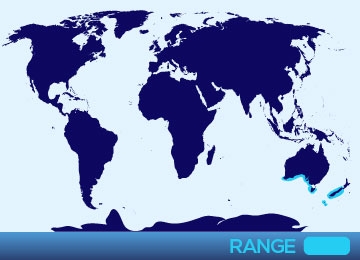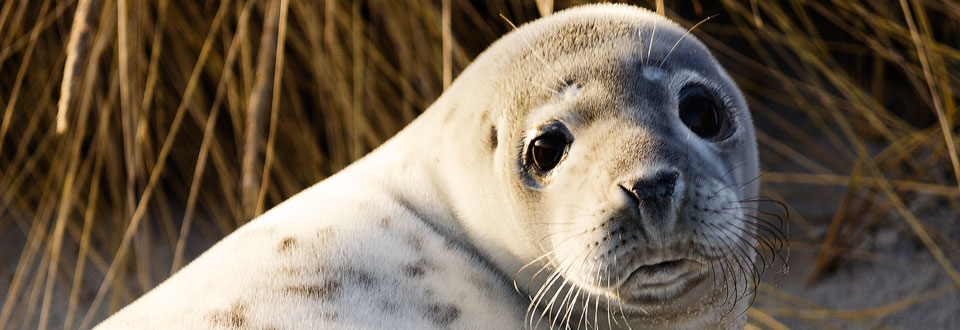
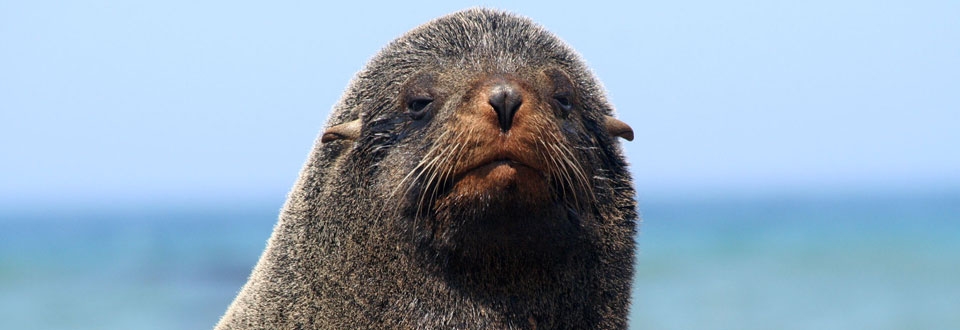
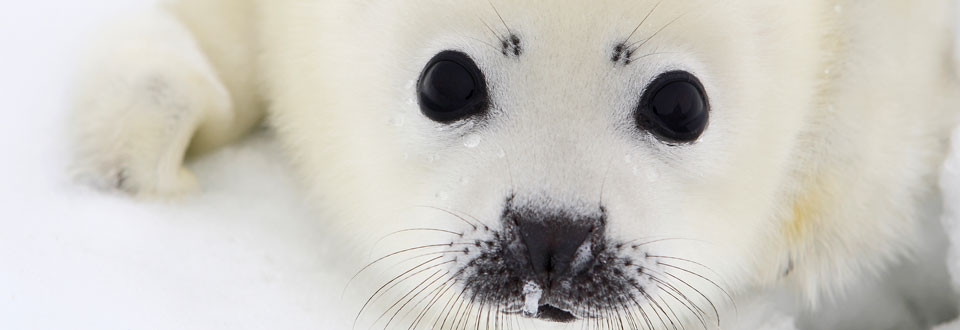
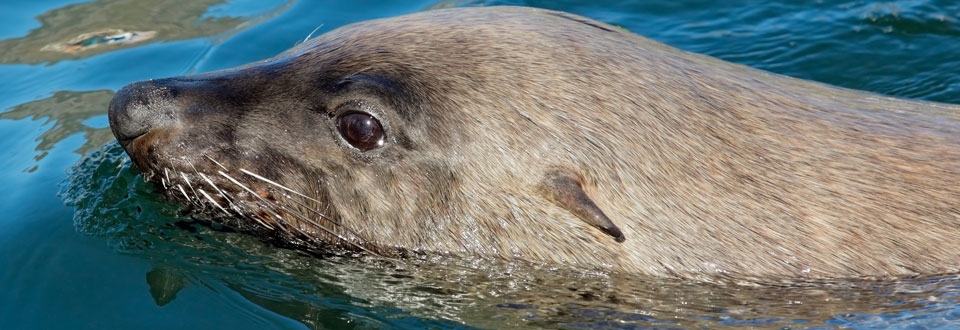
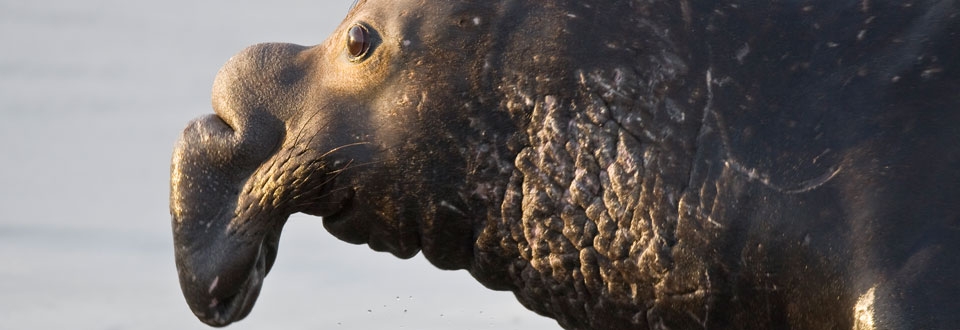
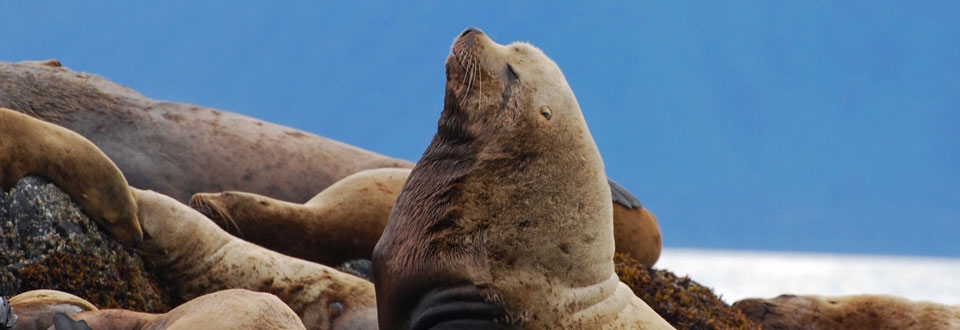
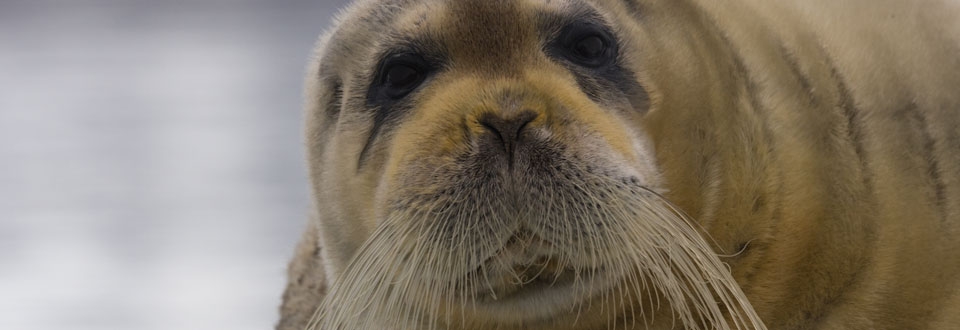
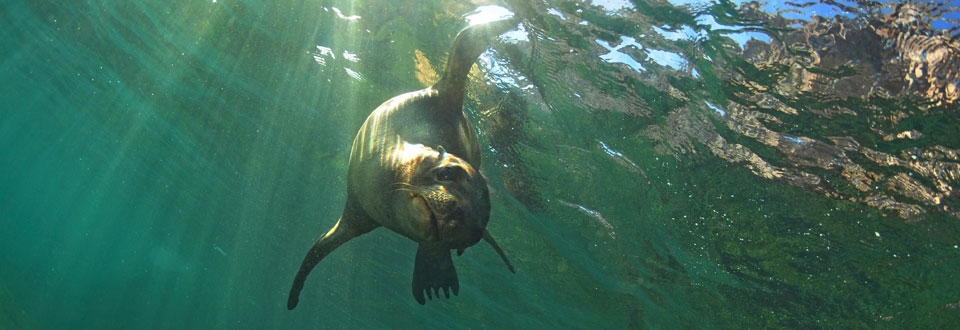
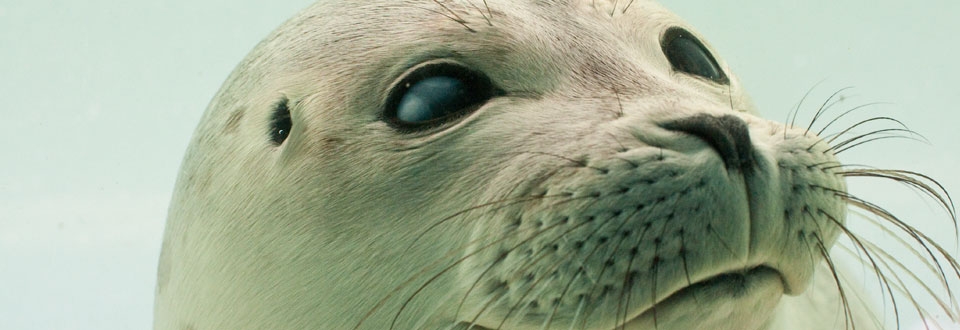
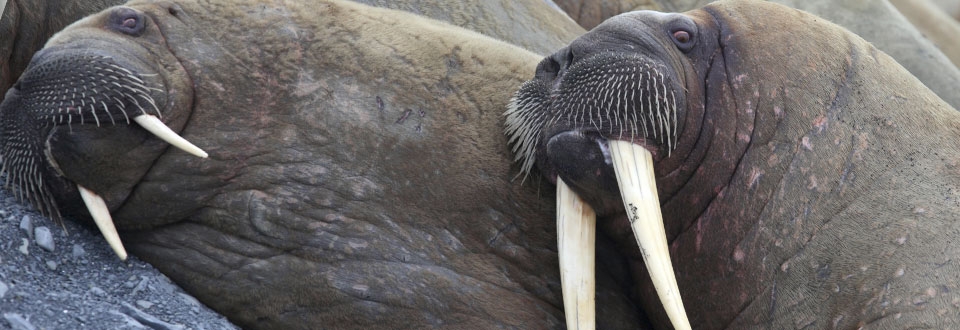
Pinniped Species
All
x
- – No known individuals remaining.
- – Known only to survive in captivity, or as a naturalized population outside its historic range.
- – Extremely high risk of extinction in the wild.
- – High risk of extinction in the wild.
- – High risk of endangerment in the wild.
- – Likely to become endangered in the near future.
- – Lowest risk. Does not qualify for a higher risk category. Widespread and abundant taxa are included in this category.
- – Not enough data to make an assessment of its risk of extinction.
- – Has not yet been evaluated against the criteria.
New Zealand Fur Seal
- – No known individuals remaining.
- – Known only to survive in captivity, or as a naturalized population outside its historic range.
- – Extremely high risk of extinction in the wild.
- – High risk of extinction in the wild.
- – High risk of endangerment in the wild.
- – Likely to become endangered in the near future.
- – Lowest risk. Does not qualify for a higher risk category. Widespread and abundant taxa are included in this category.
- – Not enough data to make an assessment of its risk of extinction.
- – Has not yet been evaluated against the criteria.
Male: 5-8 ft
Female: 3-5 ft
Male: 260-400 lbs
Female: 65-110 lbs
Today the New Zealand fur seal can be found living off the rocky coastlines of New Zealand with a separate population found along the Southern and Western coastlines of Australia. They also inhabit the coastlines of nearby offshore islands.
This species is sexually dimorphic. The males are longer and weigh 3 times more than females. The most distinguishing feature about male New Zealand fur seal is the thick mane of fur around their necks. Both sexes have the same coloration. Their backs are a dark grey-brown color while their stomachs are a lighter grey-brown. This coloration helps to keep them camouflaged amongst the rocky coastlines where they live. They have external earflaps, a pointy noise, and the ability to walk on all four flippers.
Opportunistic foragers. They are piscivores and molluscivores. They even eat birds on occasion.
Rocky coastlines and rocky beaches in southern New Zealand and Southern and Western Australia.
Breeding season occurs during the Southeastern hemisphere’s summer months in late October through early February. During the breeding season New Zealand fur seals stay close to their rookeries. In winter months they may migrate a distance of up to 100 miles away.
On average, males reach sexual maturity between the ages of four and five, and females at around five years of age. Though males are sexually mature, they will not be able to claim and defend their own breeding territory until they are between eight and ten years old when they have grown bigger in size.
The New Zealand fur seal population is at a low risk. This is due to all of the marine mammal protection acts created by the governments of Australia and New Zealand.
In the 1900s this species saw low population levels due to humans hunting them. The New Zealand fur seal was important to native Polynesian culture as well as European sealers.
On average, male pups of this species are born larger in size than female pups. At birth males average nine to twelve pounds and females average eight to ten pounds.
To cite this page: Landgren, D. 2013. "Arctocephalus forsteri" (On-line), Animal Diversity Web. Accessed December 01, 2013 at http://animaldiversity.ummz.umich.edu/accounts/Arctocephalus_forsteri/




 Animal Encounter
Animal Encounter Our Locations
Our Locations
 Family Fun
Family Fun

 Meet Ripley!
Meet Ripley!
























